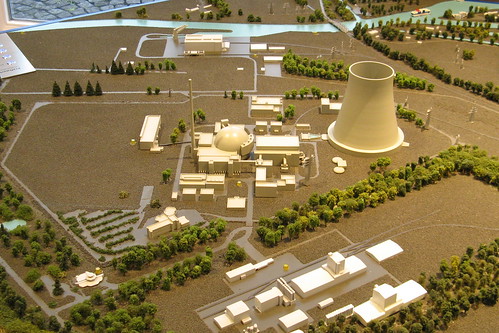
As the New York Times pointed out a few days ago, we have no real high-speed rail in the
One major problem we have in the
Being strategic about how we integrate high-speed rail presents some incredible opportunities. I argue that we should use high speed rail as an integral part of our air travel system rather than set it up as a separate mode. I am going to use O'Hare to
Why Airports?
There are about a dozen flights a day between O'Hare and
 nobody flies between
nobody flies between - More dependable (better in the winter and not affected by the thunderstorms that delay flights at O'Hare all summer)
- Faster. A true high-speed train should be able to make this trip in under an hour, including an intermediate stop (or two)
- Flexible. That intermediate stop might be more convenient for you.
To truly make this work optimally, the line should start in downtown
If we keep thinking this through, we see advantages for a number of players:
The Airline Perspective
- Why not have the airlines own and operate the trains? This would help make them supportive rather than antagonistic. I don't know this for certain, but I would not be surprised if Southwest Airlines lobbied hard against the
 perceived it as competition.
perceived it as competition.- The airline, say United, could now sell its take-off and landing slots and get rid of hangar space and maintenance and refueling and everything else in
- The airline can now re-dispatch those planes to more profitable, longer routes (short flights like these tend to be money losers for airlines)
- If it's United, they can skim some customers from other airlines who want the convenience and reliability of the train (alternatively, the airlines could create a consortium and work together to provide the service).
- And they can also get all the customers who ride from
- Just imagine if the airline perceived itself as a "transportation" company rather than an airline. Then this sort of integration can make bottom-line sense to them, and they become allies rather than enemies of high-speed rail.
More Why Airports?
- Airports already have the travel infrastructure in place: rental cars, parking, hotels, etc. that travelers often need when they travel. This reduces the need to re-create all this infrastructure at separate stations that are only served by rail alone.
Thinking Even Bigger
The biggest cost advantage of all requires a really big vision. Ima
 gine that we now built similar lines from O'Hare to
gine that we now built similar lines from O'Hare to 








